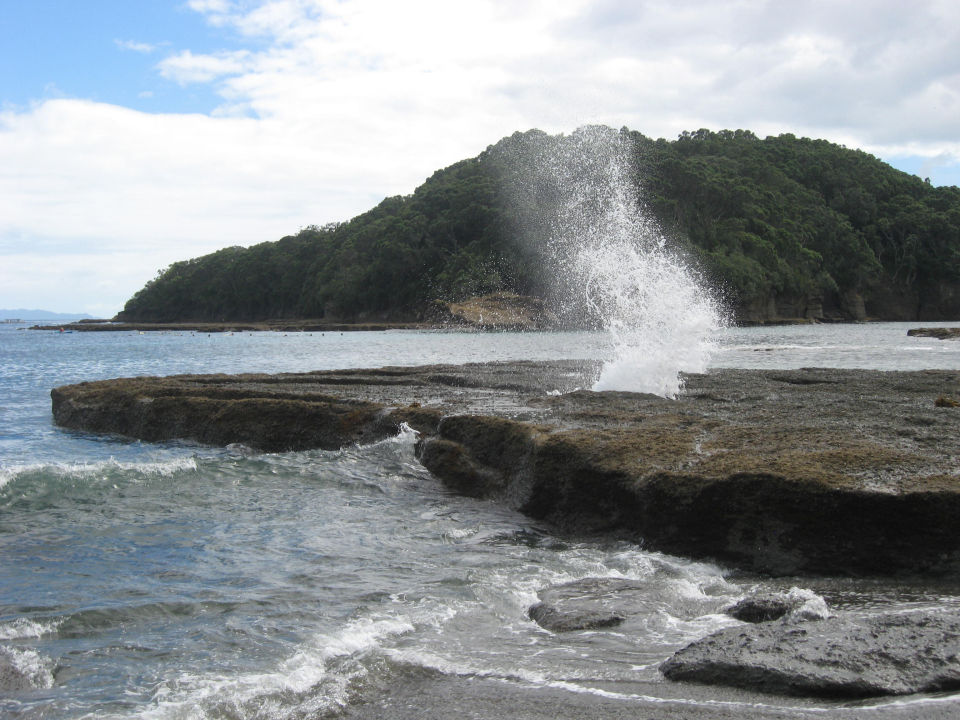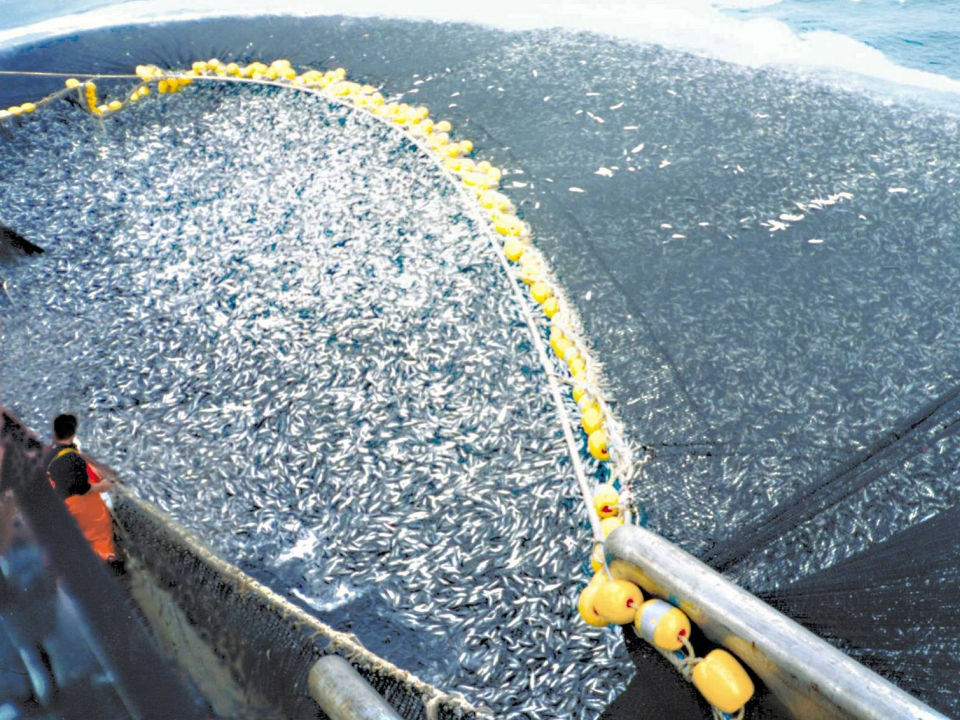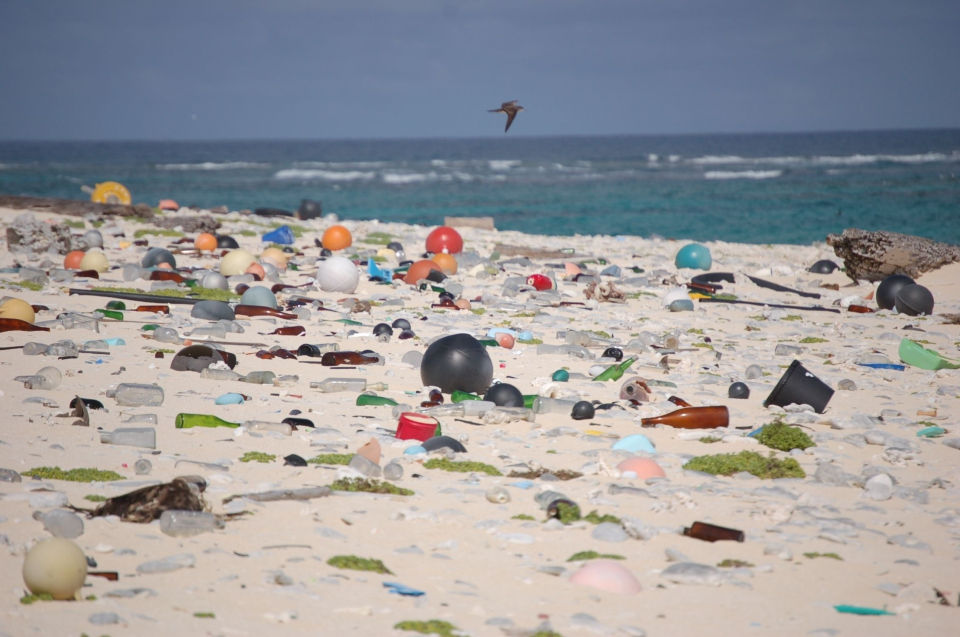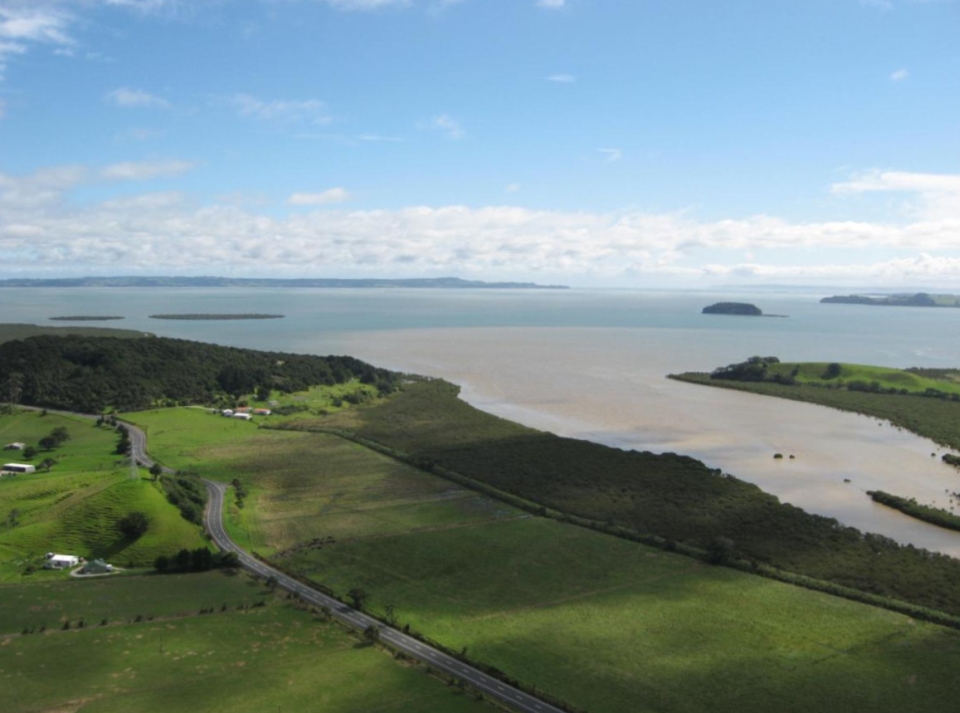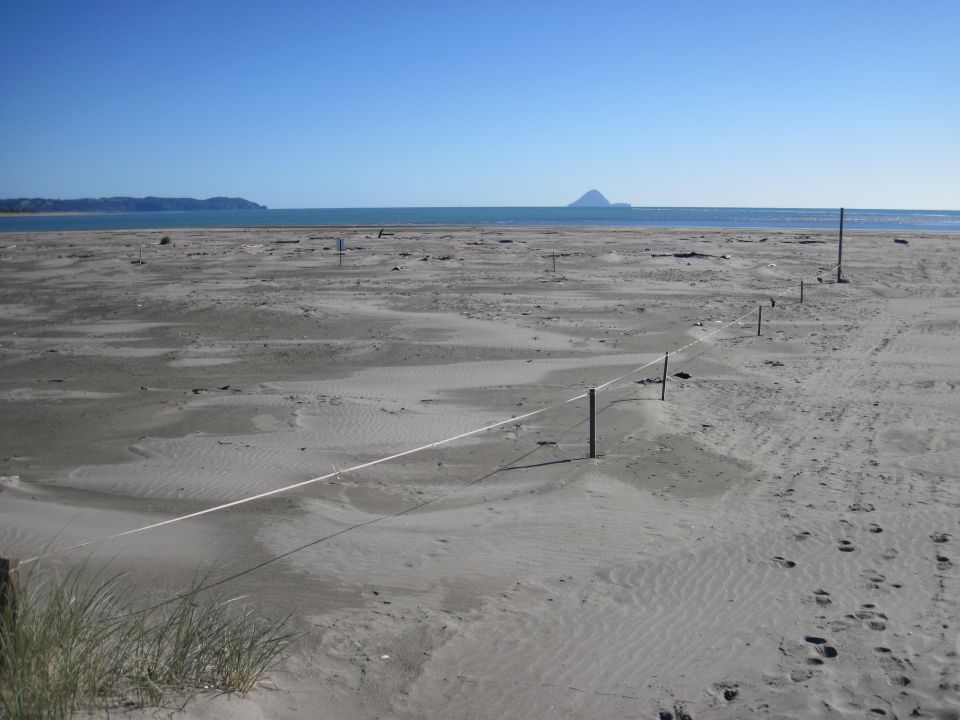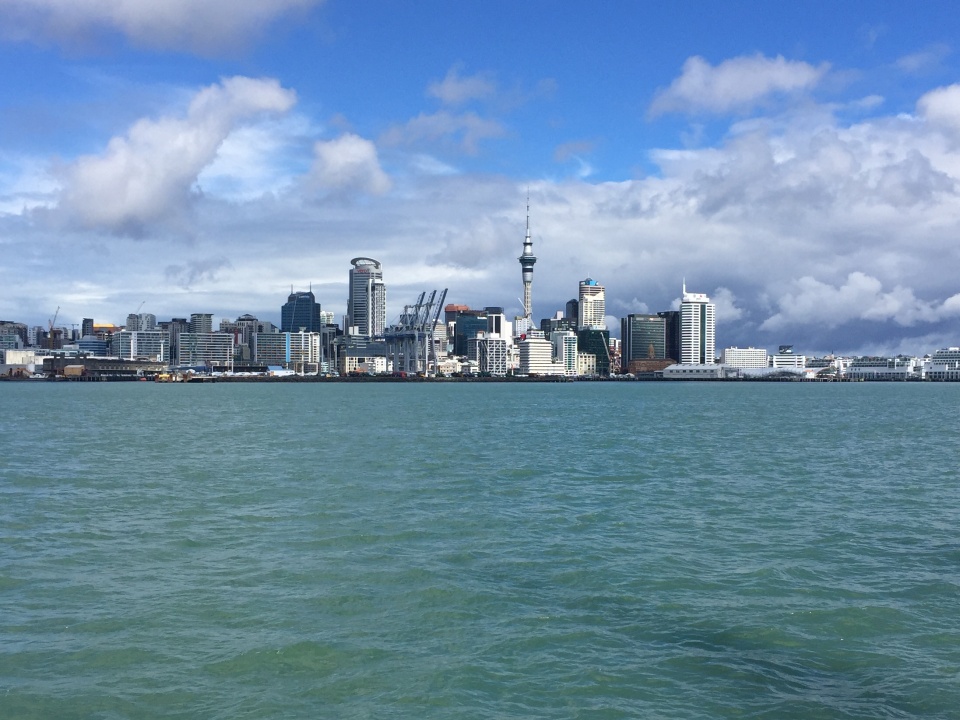Climate change, ocean warming and acidification
Climate change is increasing the temperature and acidity of our oceans. This will change marine food webs, habitats, and ecosystems.
- See University of Otago’s NZ Marine Studies Centre resource The ocean of tomorrow: ocean acidification and the marine world: www.otago.ac.nz/marine-studies/resources/download/otago636544.pdf.
Overfishing
Overfishing happens when people catch too many fish and their numbers get low. Commercial fishing and recreational fishing have had a big impact on our fish stocks. Fishing technologies are making more fish available to more people. They are also helping us to fish in a more sustainable way.
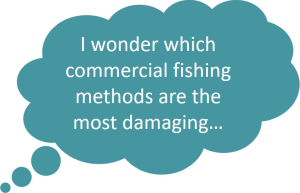
Pollution
Pollution can come in many forms. For example:
- litter
- rubbish
- plastics
- chemicals
- materials such as concrete.
These can all cause problems for animals living on the coast and in the ocean. Anything that ends up in a stream or drain can become a problem when it washes out to sea.
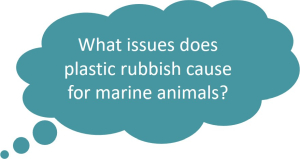
- For more information about rubbish on the coast and what we can do about it, see: http://sustainablecoastlines.org.
Sedimentation and run-off
Sediments are fine, mud-like substances in water. They are natural products of erosion. But too much sediment is bad for marine animals. It can also change their habitat.
Biosecurity threats and marine pests
Marine pests are unwanted living things in the marine environment. Pests on boats and other equipment can spread in areas such as harbours and estuaries.
- See MPI’s New Zealand marine pest ID guide: https://www.mpi.govt.nz/dmsdocument/10478-new-zealand-marine-pest-id-guide.
- See also the LEARNZ video about MPI: The aquatic biosecurity system (05:32 min): https://www.youtube.com/watch?v=aW3HyrJ_WrI.
Dogs and other introduced predators
Introduced predators affect marine animals as well as land animals. Uncontrolled dogs can crush bird eggs, disturb nesting adults, and kill chicks. Other introduced predators such as rats, cats, hedgehogs and mustelids prey upon bird eggs and chicks, e.g. fairy terns. Introduced predators can also eat fish eggs laid in shallow water or on leafy material.
- For more information about seabirds, see: www.doc.govt.nz/education-taiko.
- See www.doc.govt.nz/pestfree for more information about pest-free islands.
Lack of protection of marine environments
New Zealand has rules, laws and other tools for protecting its marine environment. New Zealand's total marine area is over 4 million square kilometres. But the area of marine reserves is very small.
Illegal harvesting
There are rules for size and catch numbers for each type of fish. But not everyone follows these rules. This can reduce fish numbers.

- For information about size and catch limits, see: https://www.mpi.govt.nz/travel-and-recreation/fishing/fishing-rules.
Disturbing the shore: vehicles on beaches
Vehicles can damage coastal plants and animals. Shorebirds breed in sand dunes and some nest on the beach. Their eggs can be well camouflaged and difficult to see. For this reason, many shorebird numbers are going down. Vehicles can also be dangerous to people on beaches and can damage shellfish beds.
Habitat destruction and reclamation
Housing and land development are increasing. Reclamation and habitat destruction are becoming greater threats to marine environments.
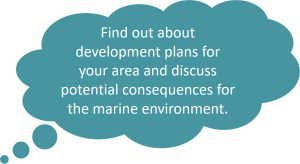
- Ready for a quiz? Try the Issues for Marine Environments activity.

